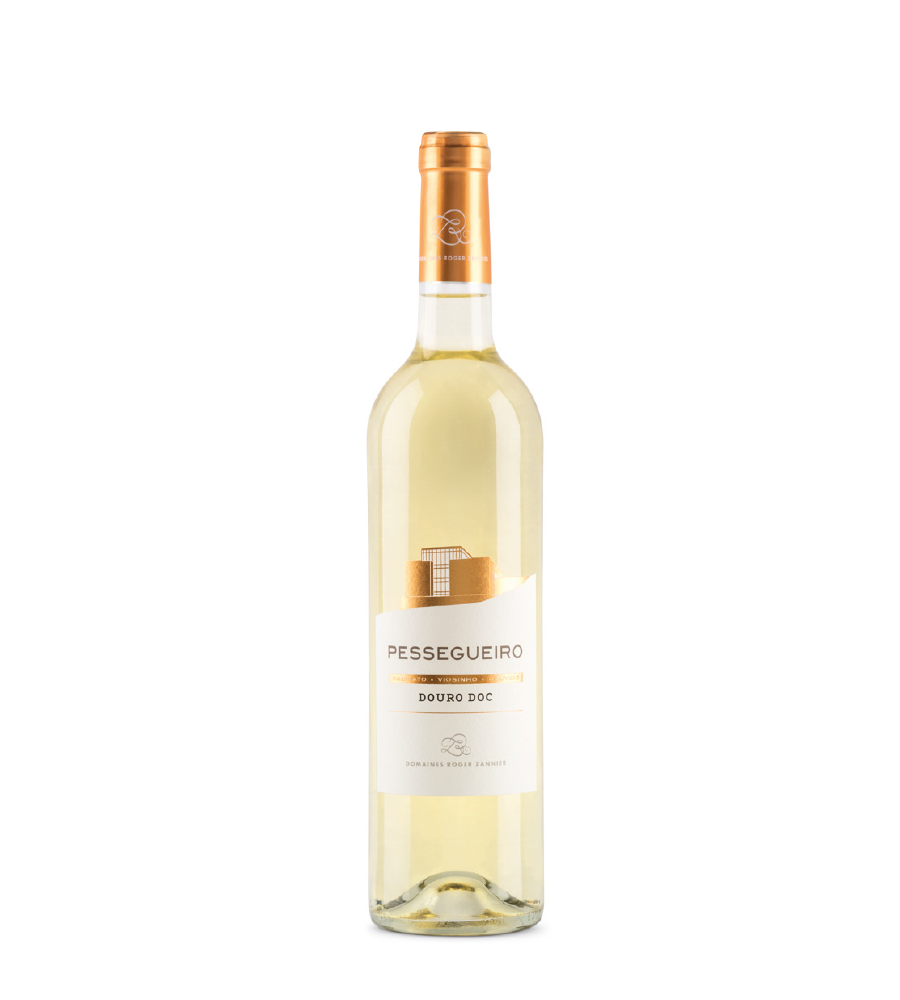Pessegueiro
The Viticultural Year of 2020/2021 was characterized by some fluctuations in temperature and annual precipitation values relative to historical values, considering it a normal and dry year. With a long, fresh, and rainy harvest (mainly from the second half of September).
The musts are of good quality, fresher, aromatic, with good acidity, and slightly less alcoholic.
Vinification: Harvesting took place in September. Grapes were transported in 22kg crates to the winery. They spent 12 hours in a cold room, were partially crushed and pressed in a vertical press. Natural fermentation with indigenous yeasts and wine aging on fine lees in 600L casks (30%) and stainless steel tanks (70%). It was bottled in May 2022.
Allergens information
Contains sulphites.
SKU: 104805


